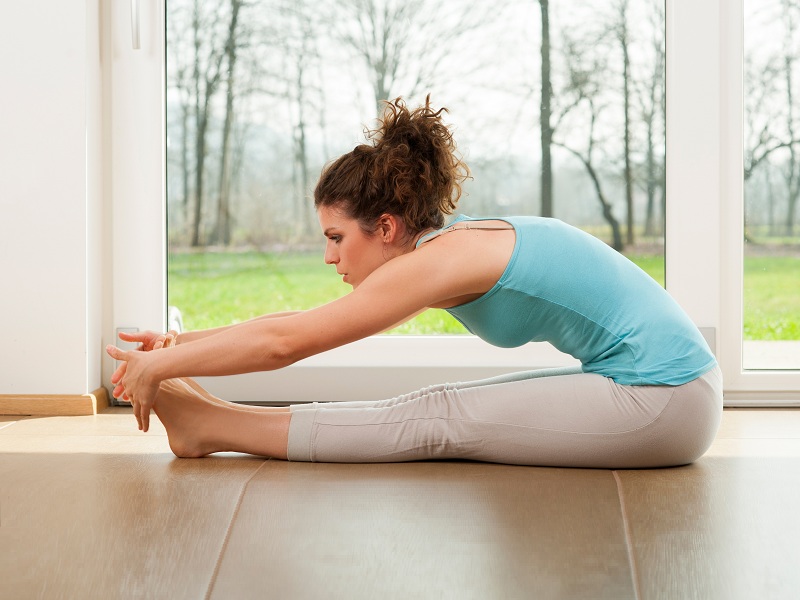Regrettably, working out to enhance a hernia is likely to intensify the condition. The hernia exists as a result of a local lack of muscle and supporting structure. Workout can strengthen the bordering muscular tissues, therefore worsening the localized weakness and increasing the stress inside the when should you check for diastasis recti abdomen. The outcome is that even more cells can be compelled with the issue and also increase the size of the hernia. It is difficult to execute the required structural repair work with a laser, which works essentially as a cutting device.
What are stomach lumps?
Most often, a lump in the abdomen is caused by a hernia. An abdominal hernia occurs when there is a weak spot in the abdominal wall. This allows the internal organs to bulge through the muscles of the abdomen. A hernia may appear after you strain, or lift something heavy, or after a long period of coughing.
There's no way to splint the abdomen as well as it's nearly impossible to completely relax these muscles. If you're uncertain if you have a stomach pressure or the symptoms do not quickly fix, then you need to be examined. Physicians as well as physiotherapists can be valuable in directing you in treatment that might speed your recuperation. Stomach muscle strains generally create instant pain in the location of the injured muscle mass. The other usual sign is muscle convulsion of the hurt muscle. Less frequently, swelling and bruising can arise from a muscle mass injury.
Do Abdominal Hernias Normally https://www.evernote.com/shard/s731/sh/d86eb02c-9ac4-033c-1eea-ca8d11e8742d/c4ea744d0ffdfa723a3326a15414adf3 Create On Both Sides Of The Body?
Some individuals don't feel any kind of discomfort in the beginning of forward rupture development. Often, the initial indication is a visible bulge under the skin in the abdomen or an area that hurts to the touch. The bulge may squash when resting or pressing against it. Spigelian ruptures often tend to happen even more hardly ever than various other kinds of hernias. Since spigelian hernias tend to be small, the danger of developing a strangulated rupture is greater.
Is it okay to push a hernia back in?
The hernia creates a soft lump under the skin. Most inguinal hernias can be pushed back into the belly with gentle massage and pressure. An inguinal hernia will not heal on its own. If you have symptoms, or the hernia is growing, you may need surgery.
Umbilical hernias are most typical in infants, but they can affect adults also. In an infant, an umbilical hernia might be specifically apparent when the baby weeps, causing the bellybutton to extend. Inguinal hernias, the most common type of rupture, have been one of the most intensively examined. For direct as well as indirect inguinal ruptures, the danger of strangulation is 2.8% for the very first three months, boosting to 4.5% over two years. Some medical professionals feel that the hernias with huge openings have a very reduced risk of strangulation and that surgery is not required if the person is reasonably symptom-free.
Inguinal Ruptures.
Signs and symptoms have a tendency to exacerbate when standing, making on feel the need to rest or lie down. Stomach discomfort might emit into the low back due to the aorta's distance to the back. Exactly how far the projection of the swelling expands from the surface area of the abdominal area varies from child to kid. In some, it might be simply a tiny projection; in others it might be a large rounded swelling that protrudes out when the baby sobs.
How do I check myself for a hernia?
How to tell you have a hernia 1. Feel for a lump or swelling around the pubic bone.

2. If you find a lump, make note of where it is and lie down.
3. Did the lump disappear or become smaller? If so, it may be a hernia.
4. Do you feel discomfort when coughing or lifting heavy objects? It's almost certainly a hernia.
If you have best exercises for men a small rupture, your professional will certainly still likely suggest you labor as you would otherwise. If you have a rupture, you'll probably see a soft lump around your stomach button, or occasionally in your groin location. It may be dull as well as achy, as well as hurt even more when you're active, coughing, sneeze or bend over.